John Hutchinson considers that Aleana Egan’s art is perhaps best read as a set of related parts, which together trace her experience of both outer and inner worlds
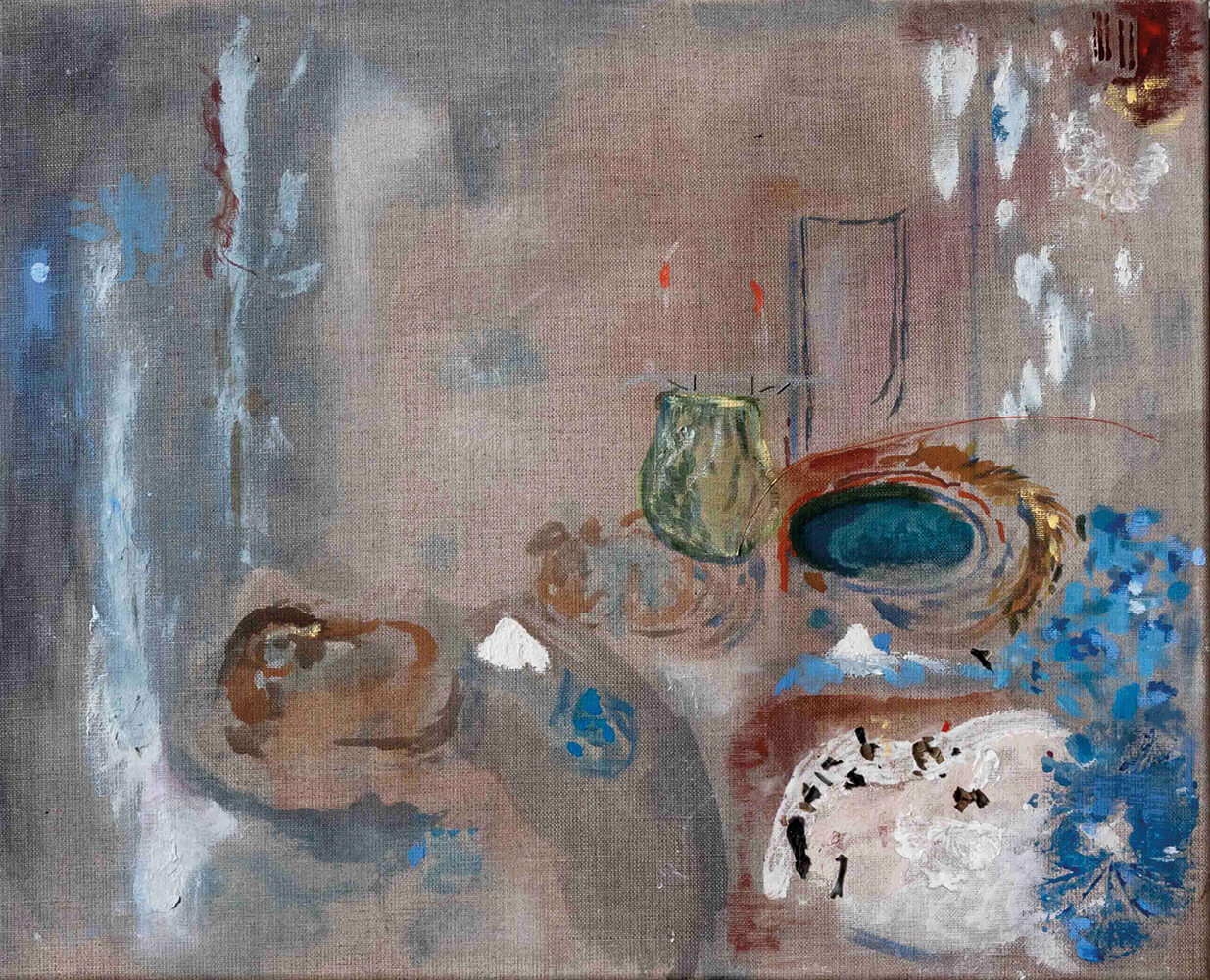
L a Pointe Courte, Agnès Varda’s first film, was an early and significant harbinger of the French New Wave. Made in 1954 with a tiny budget, combining documentary and fiction with a pronounced element of autobiography, it is a curious mixture of Neorealism and self-reflexive film-making. There are two strands to the story. One is a straightforward representation of working people’s lives in the French seaside town of Sète, where Varda grew up, and the other is an account of a young Parisian couple who return to spend a few days there, trying to decide whether or not to stay together. They are fond enough of each other to want to sustain the relationship, and yet there are differences between them. The man is satisfied with the way things are, but the woman yearns for something that she can’t quite define
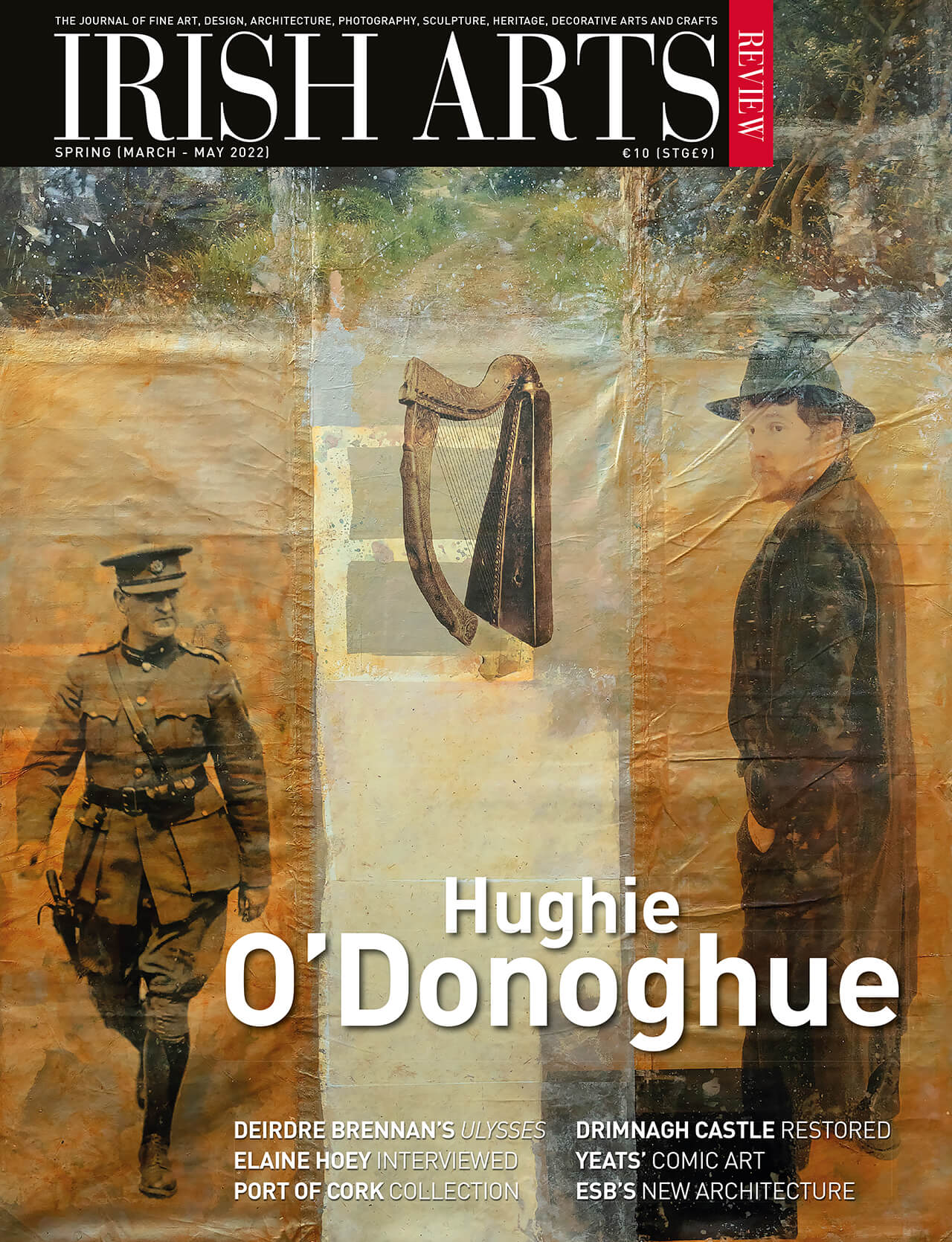
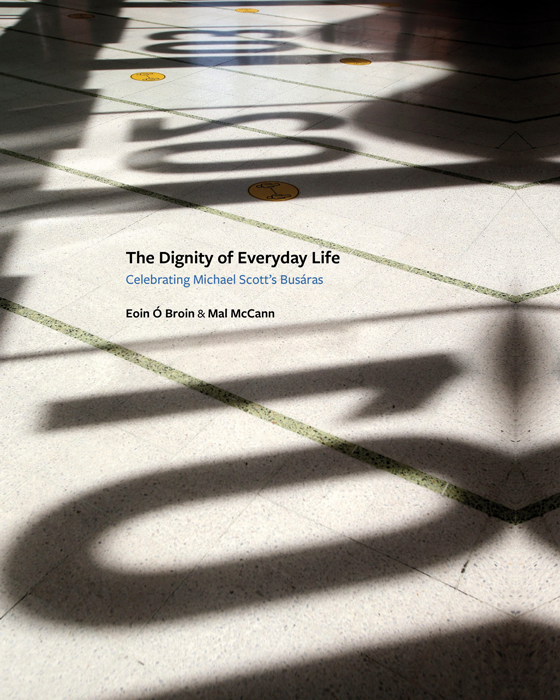
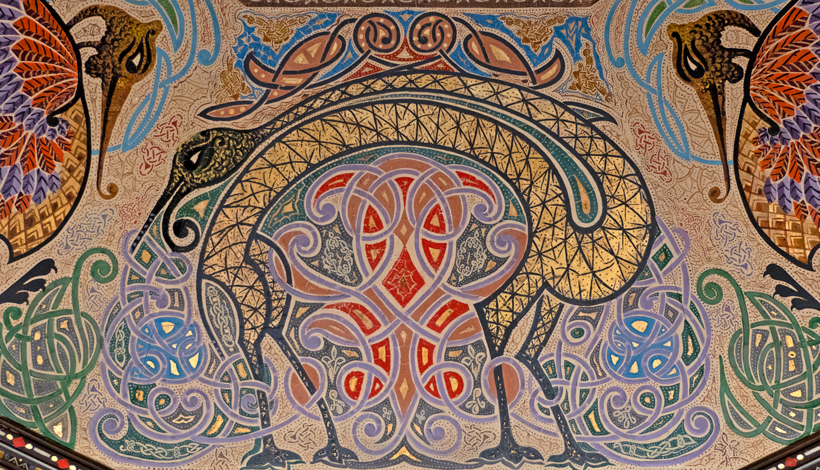
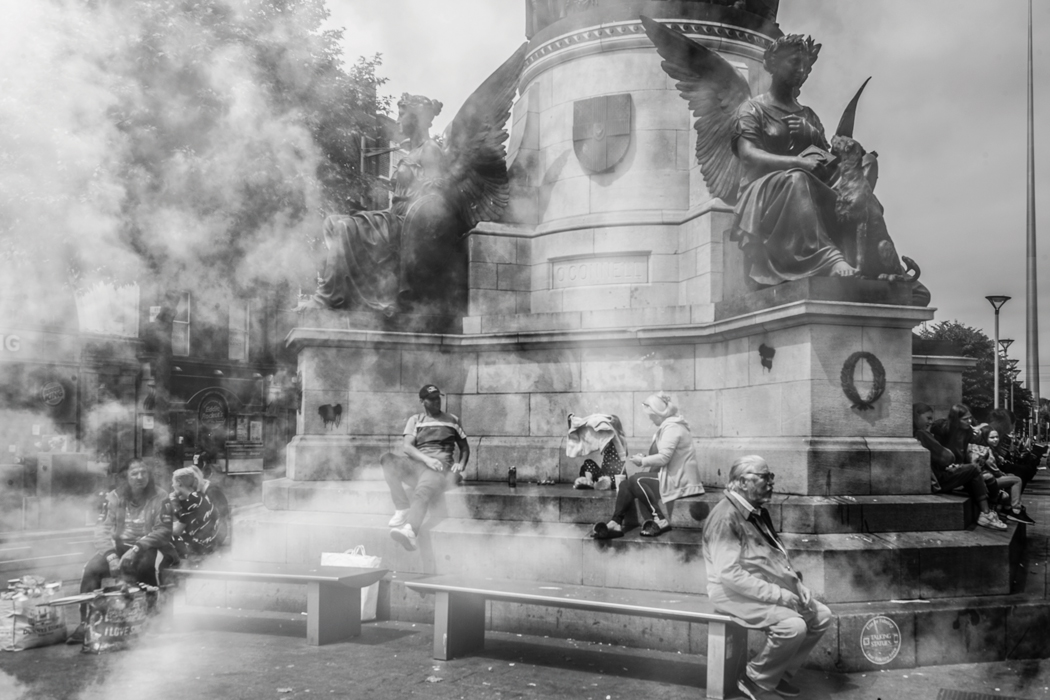
Stephanie McBride explores Deirdre Brennan’s photographic response to James Joyce’s Ulysses